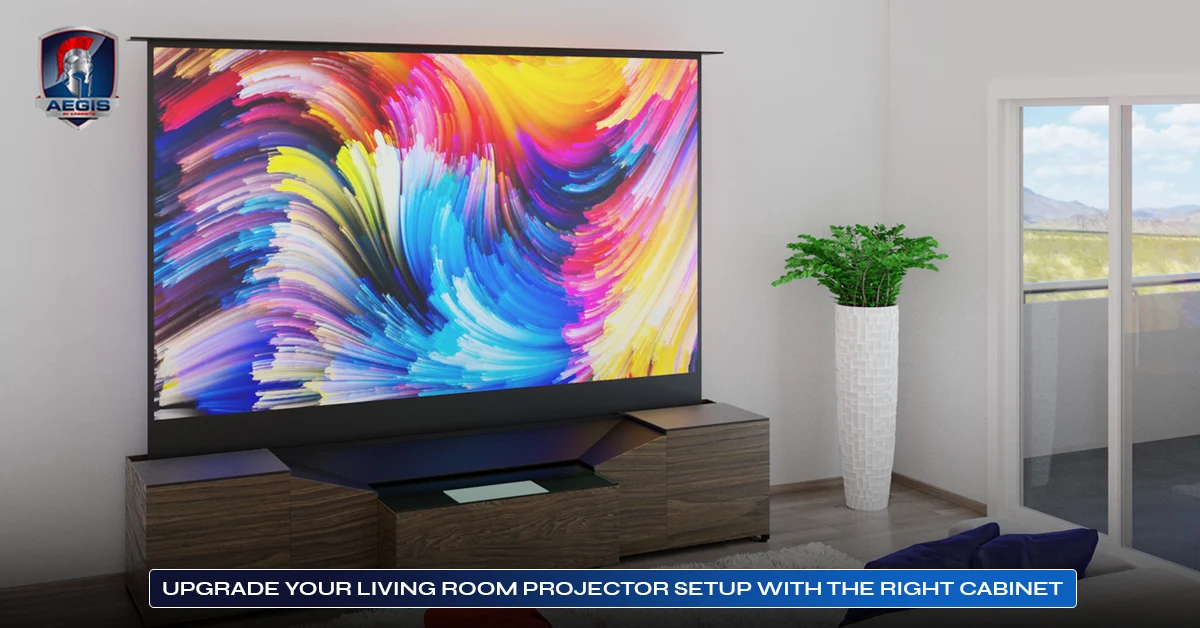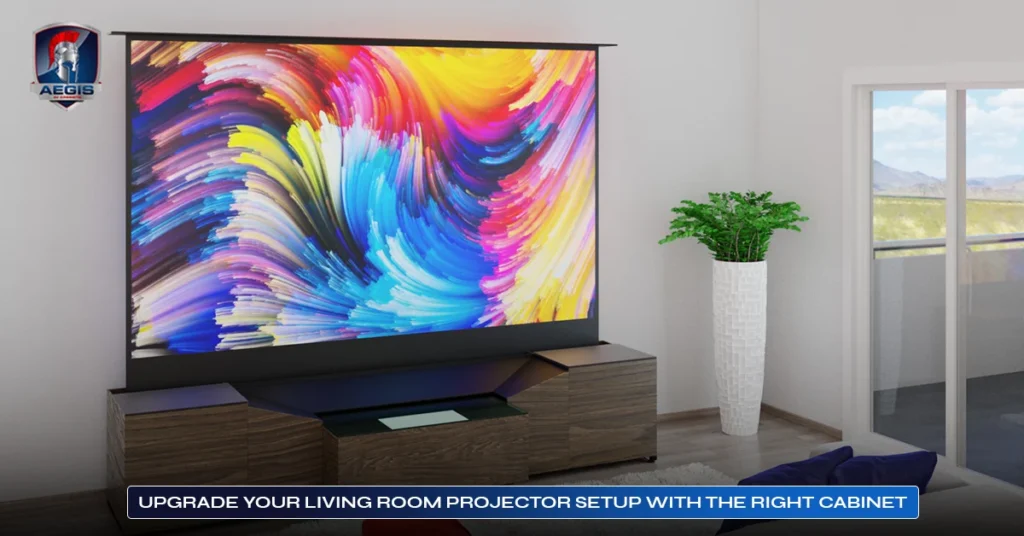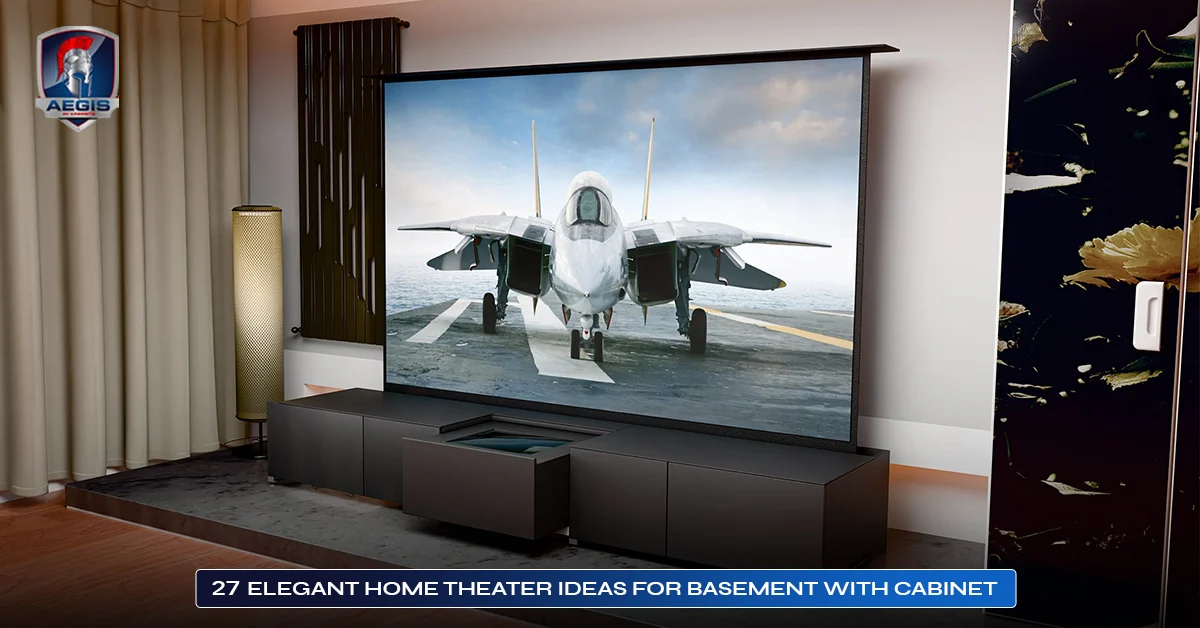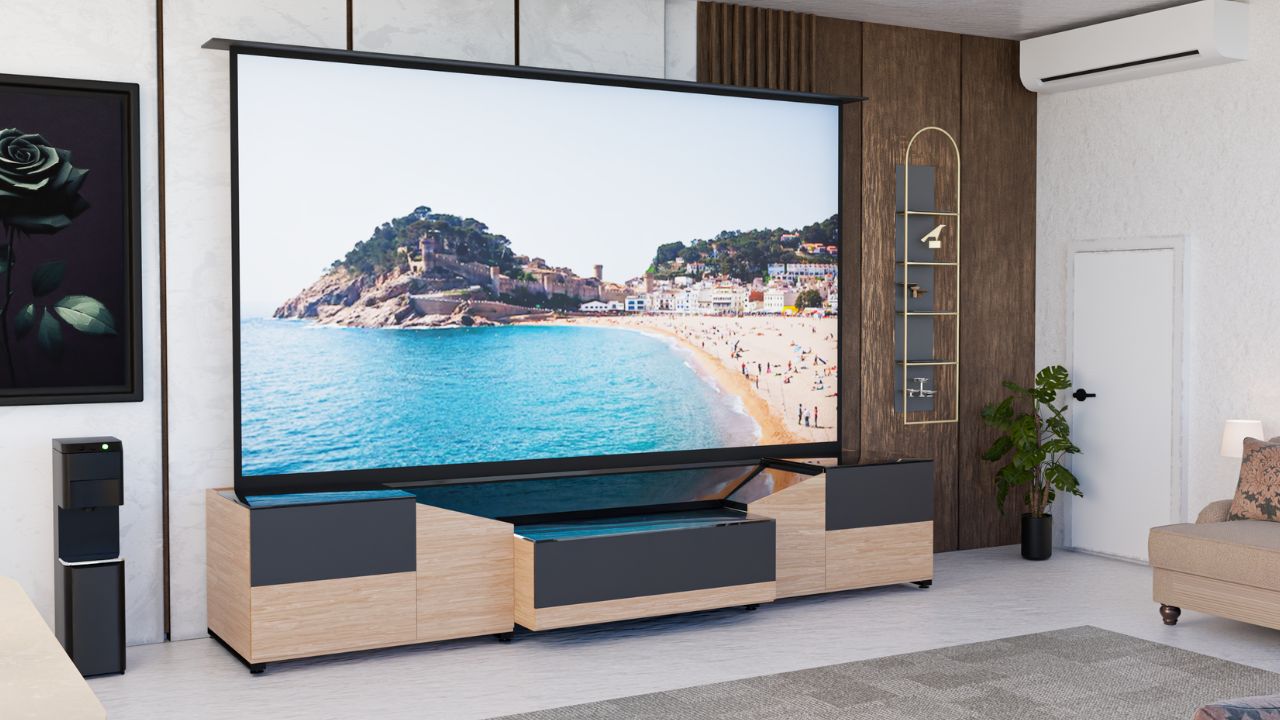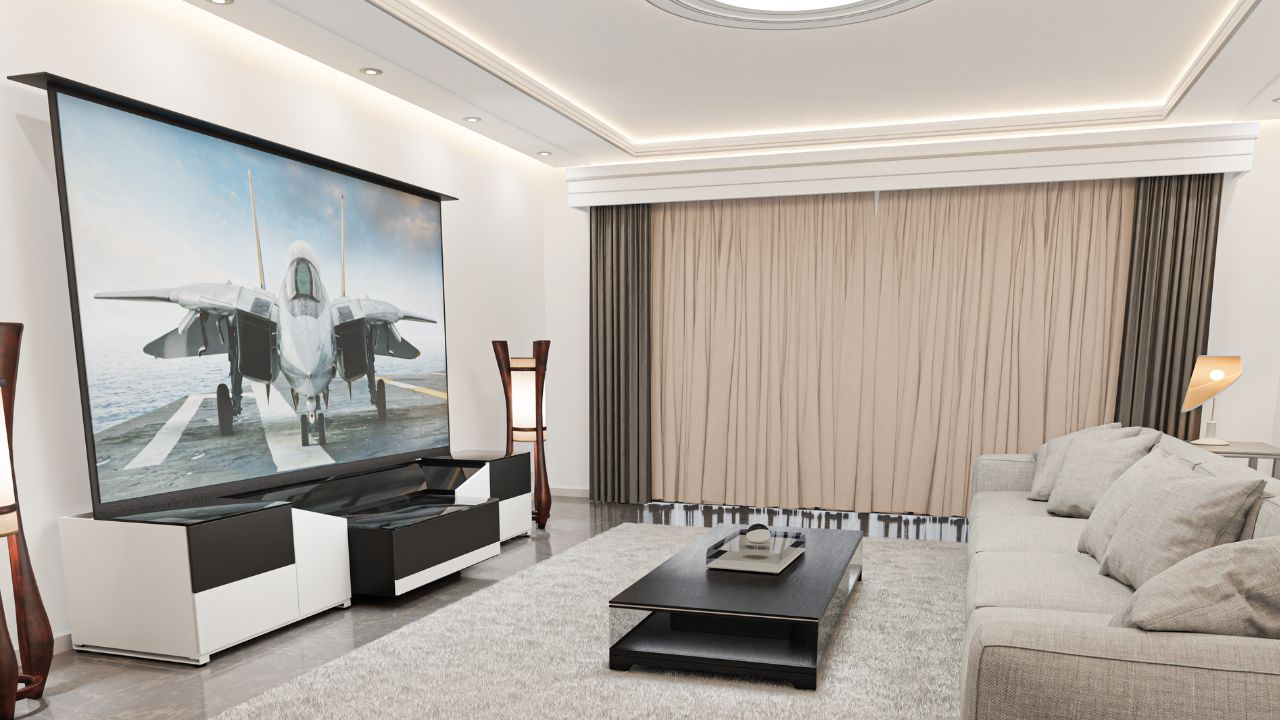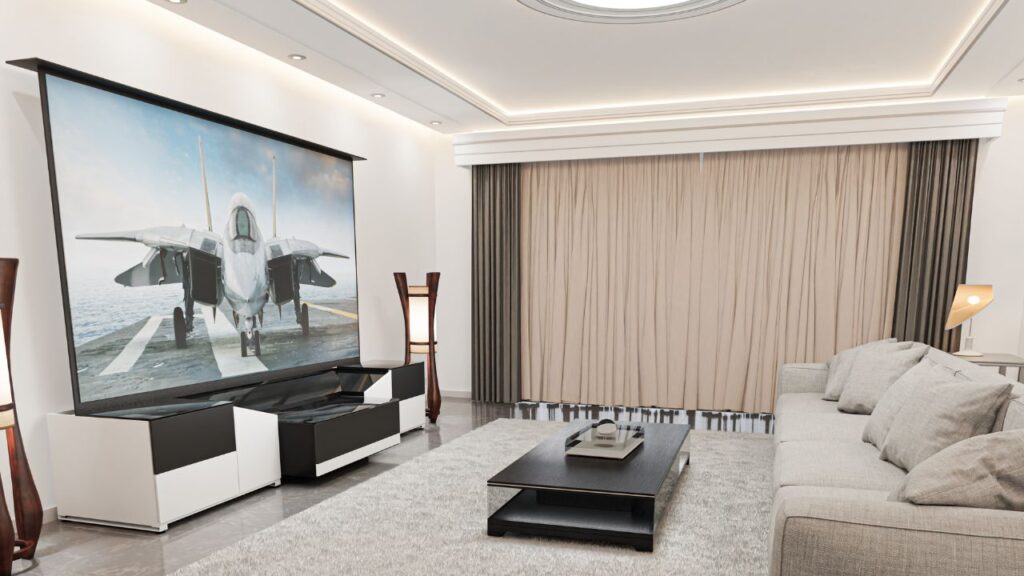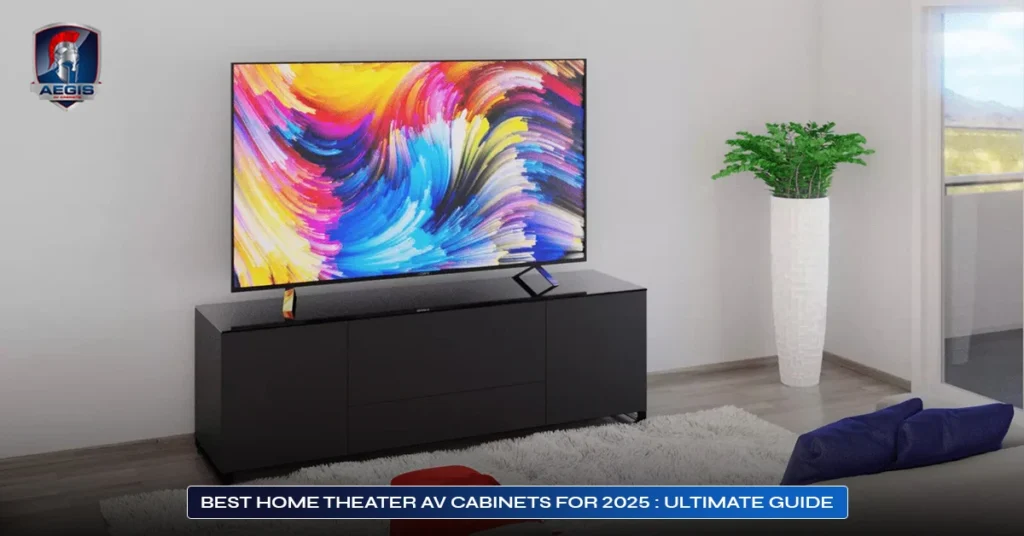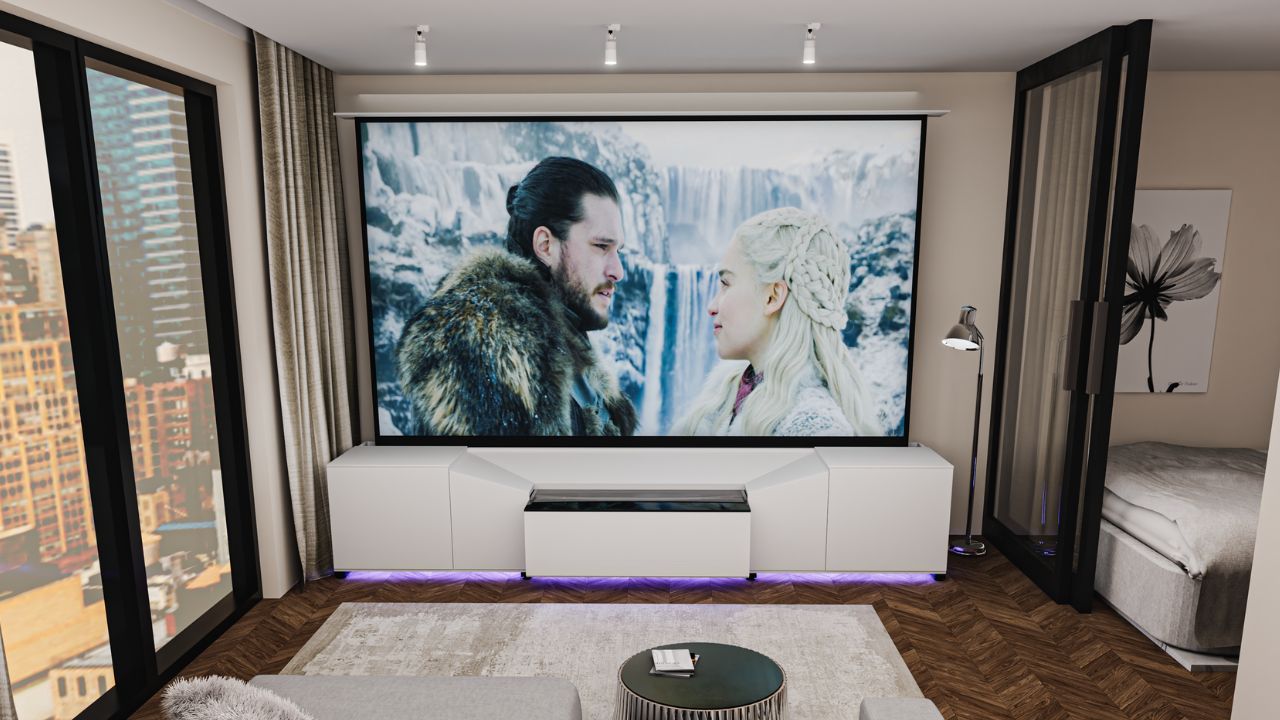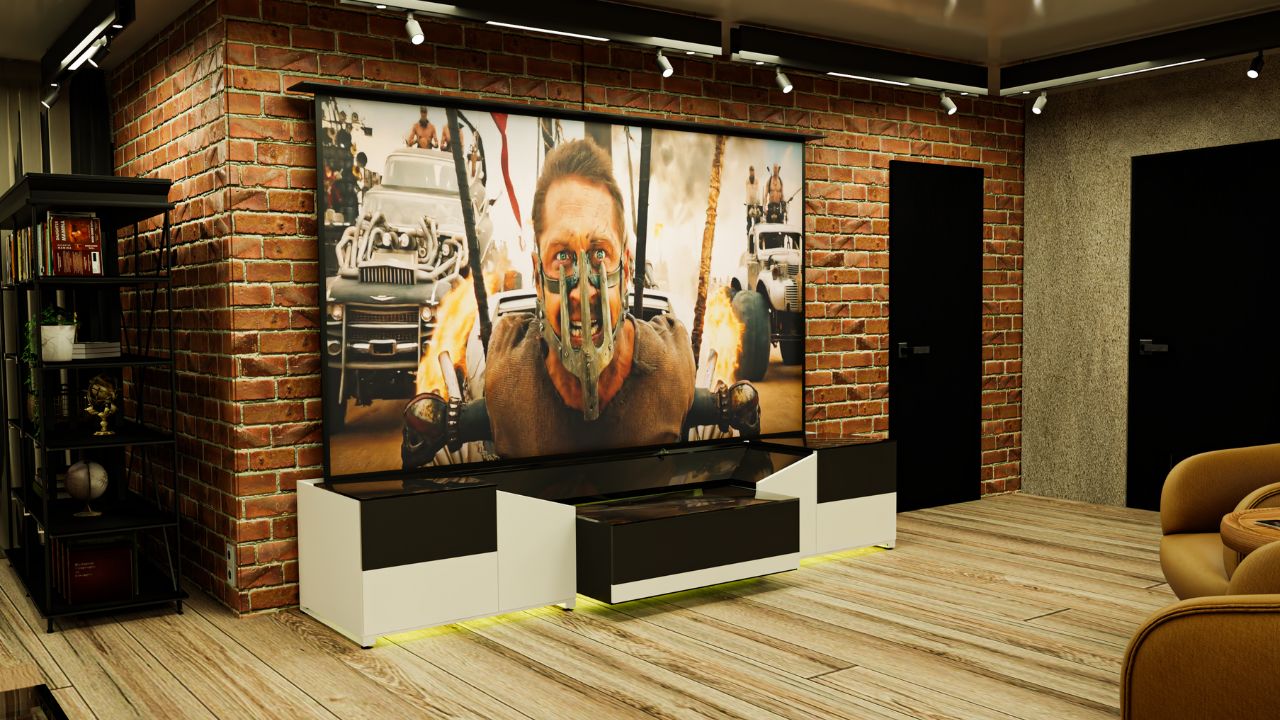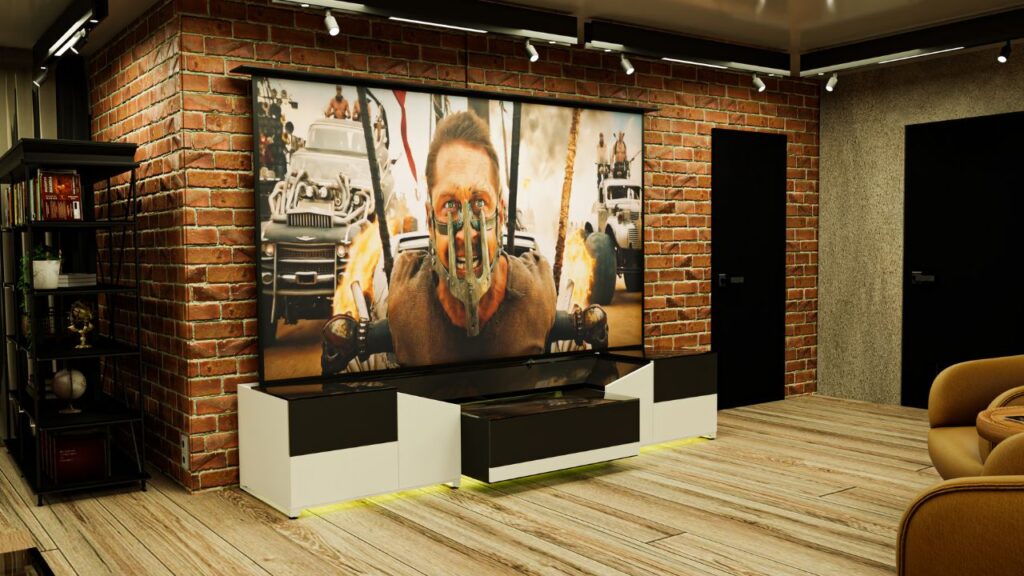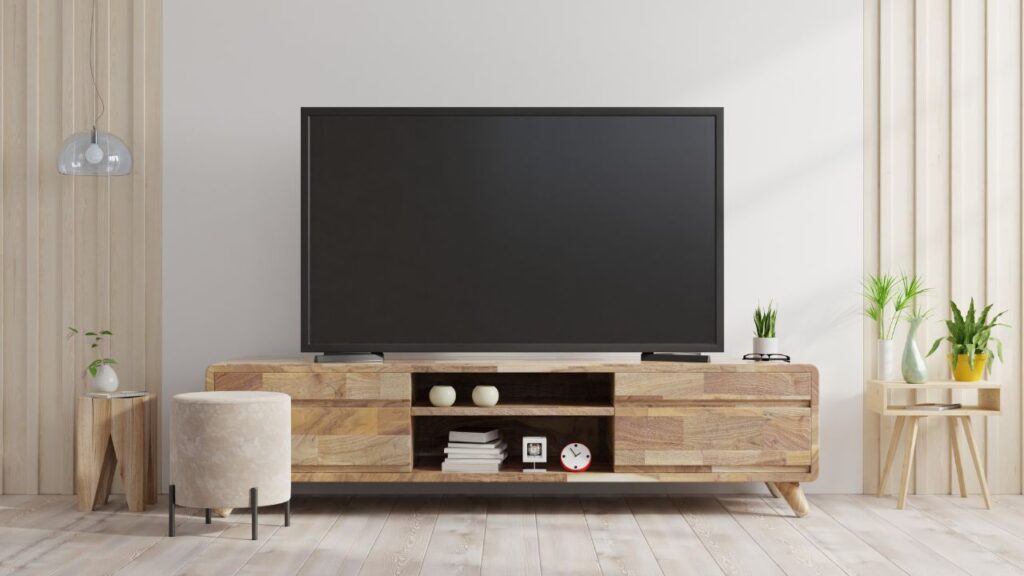
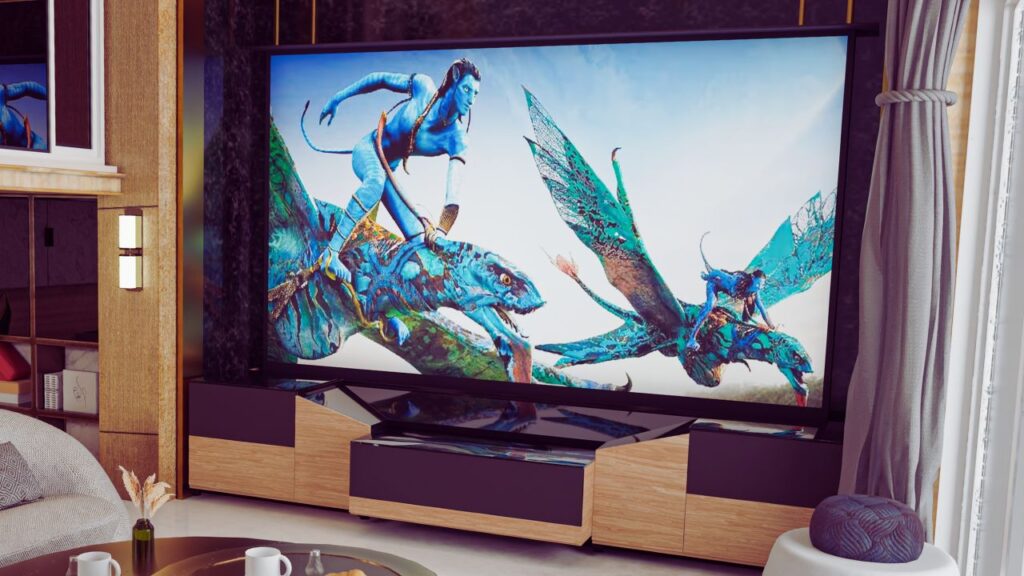
Setting up a home theater? Your projector screen cabinet matters. It blends style and function seamlessly. Whether for movies, gaming, or presentations, the right cabinet elevates your experience. But should you go with a pre-built or custom projector screen cabinet? This choice stumps many homeowners and AV lovers. Let’s break it down. We’ll compare both options to help you decide wisely.
What is a Projector Screen Cabinet?
Before comparing, let’s define a projector screen cabinet. It’s a furniture piece. Its job? To store and hide your projector screen. When not in use, the screen tucks away neatly. This keeps your space clean and clutter-free. It also maintains a sleek, modern look. Perfect for homes or offices.
Projector screen cabinets come in two types. Pre-built and custom. Each has its pros and cons. Understanding these helps you pick the right one. Let’s explore both options to find your perfect fit.
Pre-Built Projector Screen Cabinets: Pros and Cons
Pre-built cabinets are ready-made and sold off-the-shelf. They come in many sizes and designs. You can buy them directly from stores. No customization is needed.
Pros of Pre-Built Cabinets
Cost-Effective
- Pre-built cabinets are budget-friendly. Mass production keeps costs low. Perfect for tight budgets.
Quick Installation
- They’re ready to use right away. Little to no assembly required. Just place and enjoy.
Standardized Designs
- Available in standard sizes and finishes. Easily matches your existing decor. No waiting for custom designs.
Immediate Availability
- Pre-built cabinets are often in stock. Great for quick solutions. No long wait times.
Cons of Pre-Built Projector Screen Cabinets
Limited Customization
- Pre-built cabinets lack personalization. You’re stuck with store options. Unique needs? They might not fit.
Quality Variations
- Not all pre-built units are equal. Some lack durability or premium features. You may compromise on quality.
Design Limitations
- They follow a one-size-fits-all approach. Your specific vision may not work. Perfect setups often need flexibility.
Custom Projector Screen Cabinets: Pros and Cons
Custom cabinets are built just for you. They match your exact needs and style. You work with designers and craftsmen. Together, you create a perfect solution.
Pros of Custom Cabinets
Tailored to Your Needs
- Custom cabinets fit your unique requirements. Choose size, material, style, and features. Everything is designed just for you.
Perfect Fit
- They’re made to fit your space perfectly. Ideal for non-standard rooms or awkward corners. Blends seamlessly with your interior design.
High-Quality Construction
- Skilled craftsmen build custom cabinets. They use superior materials and techniques. Quality often exceeds mass-produced options.
Enhanced Features and Functionality
- Add features like hidden compartments or cable management. Integrate with home automation systems. Pre-built units can’t match this flexibility.
Long-Term Investment
- Custom cabinets cost more upfront. But they’re durable and uniquely designed. A valuable addition to your home theater.
Cons of Custom Projector Screen Cabinets
Higher Cost
- Custom cabinets are more expensive. They’re designed specifically for you. This drives up the overall price.
Longer Wait Time
- Custom designs take time to create. Weeks or months may pass. Delays depend on design complexity.
More Involvement in the Process
- You’ll need to stay involved. Communicate with designers and pick materials. Decisions about functionality are your responsibility.
Which Option Is Right for You?
Choosing between pre-built and custom depends on you. Need quick and budget-friendly? Go pre-built. Want perfect fit and personalization? Choose custom.
Pre-built is fast, affordable, and ready to use. Custom is tailored, high-quality, and long-lasting. Your needs, preferences, and budget decide the winner.
Key Factors to Consider When Choosing
Space and Layout
- Unconventional or small spaces? Go custom. It maximizes space and fits perfectly. Standard rooms? Pre-built might work fine.
Aesthetic Preferences
- Custom cabinets let you pick materials and finishes. They match your room’s decor perfectly. Pre-built options are more limited.
Functionality Needs
- Need storage, cable management, or ventilation? Choose custom. Pre-built cabinets often lack these advanced features.
Budget
- Tight budget? Pre-built is more affordable. Willing to invest long-term? Custom offers better value and durability.
Why Choose a Custom Projector Screen Cabinet?
A custom cabinet is more than storage. It’s a statement piece. It is bound to be a conversation starter and an auxiliary toward greatness in elevating your setup. Here is why:
Catered for You
- Need more shelves or a place to hide that ugly mass of cables? Custom will exceed all of your expectations, down to the minutest detail.
Excellent Performance
- Good ventilation and cable management. In turn, this gives them constant, trouble-free performance and prolonged lifespan.
Unique Design
- Stand out with the custom cabinet. You can show something unique. Indeed, it displays your character and aesthetics.
Where to Look for the Best Custom Projector Screen Cabinet
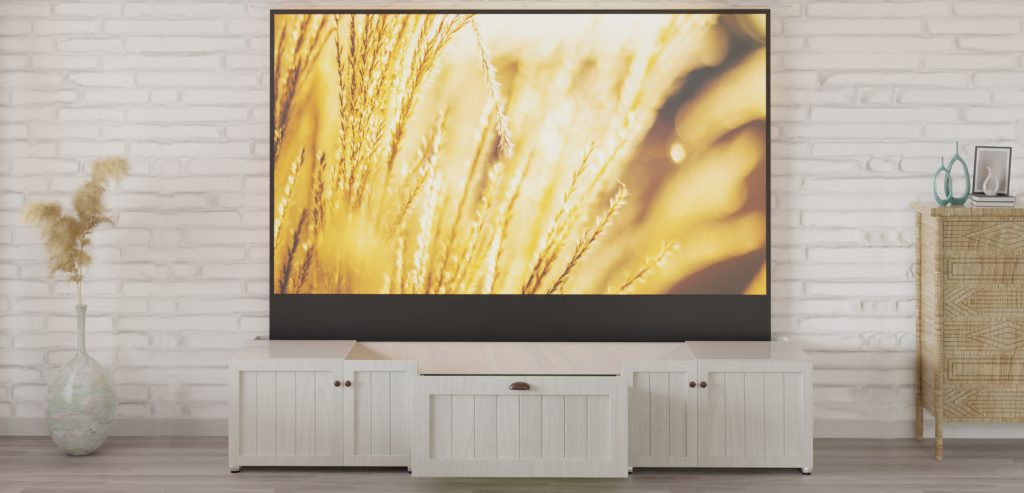
Need a custom cabinet? Choose a reliable provider. At Aegis AV, we cater to your needs with custom solutions. Our cabinets are designed specifically as per your own request.
Why Aegis AV?
Ultimate Fashion Options
- There are innumerable designs available. Your cabinet is a perfect fit for your own space and style.
Quality Par Excellence
- High-grade materials are employed. Durability is assured.
Expert Craftsmanship
- Years of experience guarantee that precision is on the cards. Every detail gets its due consideration.
Customer-Centered Approach
- Your needs are most important. We make your dream come true.
FAQs
Can I Modify A Pre-Built Cabinet?
Generally, prebuilt cabinets will allow for some modification in the form of adding shelves and minor cable modifications, though those modifications are reasonably limited. For example, adjustments to size and structure are not very easily attainable. When advanced features or a perfect fit come into play, a custom cabinet is likely to be best. Custom design is from the ground up per all your specifications.
How Do You Make Custom Cabinets?
Cabinets can be made of wood, MDF, metal, glass, or acrylic. Wood will last a long time and give a classic look. MDF is usually cost-effective and offers many manifestations. Metal gives a modern industrial feel, while glass or acrylic adds a touch of modernity. The final decision will depend on your taste, budget, and functional needs.
How Can I Add Ventilation To The Cabinet?
Ventilation is absolutely essential for cooling the system down and ensuring a lengthy lifespan for the equipment. Custom cabinets can have mesh panels for air circulation, vents, and built-in fans. Pre-assembled cabinets can only provide a limited amount of ventilation. It is important to verify the cooling features before finalizing your decision. Good airflow is of great assistance in cooling AV equipment down.
Are Custom Cabinets Worth It For Small Spaces?
Custom cabinets can really give you what you need in small spaces by going vertical or horizontal and features such as fold-down screens or concealed storage areas save space. A combination of functionality with design. Make sure custom solutions take the most advantage of space without preventing usability or aesthetics.
Can I Integrate Smart Features Into A Custom Cabinet?
Absolutely! Smart-home features can be integrated into custom cabinets. Such features may include motorized screens, remote-controlled doors, or lighting systems built into the cabinetry. These add convenience and bring the feel of a futuristic home theater to life. Custom designs let you integrate advanced features into your setup without a hitch.
Final Verdict
It all depends on you. Will you build a custom projector cabinet in prefabricated or custom form? Prefabricated is cost-effective and delivers in time; custom affords you creativity and flair.
For an outstanding solution, go for Aegis AV. Our custom cabinets seamlessly play the dual role of art and function, turning your AV rack into an intricate piece of work.
So, are you ready to get your home theater upgraded? Call Aegis AV today to discover what we can do with customization. Build the perfect setup for your own needs.

